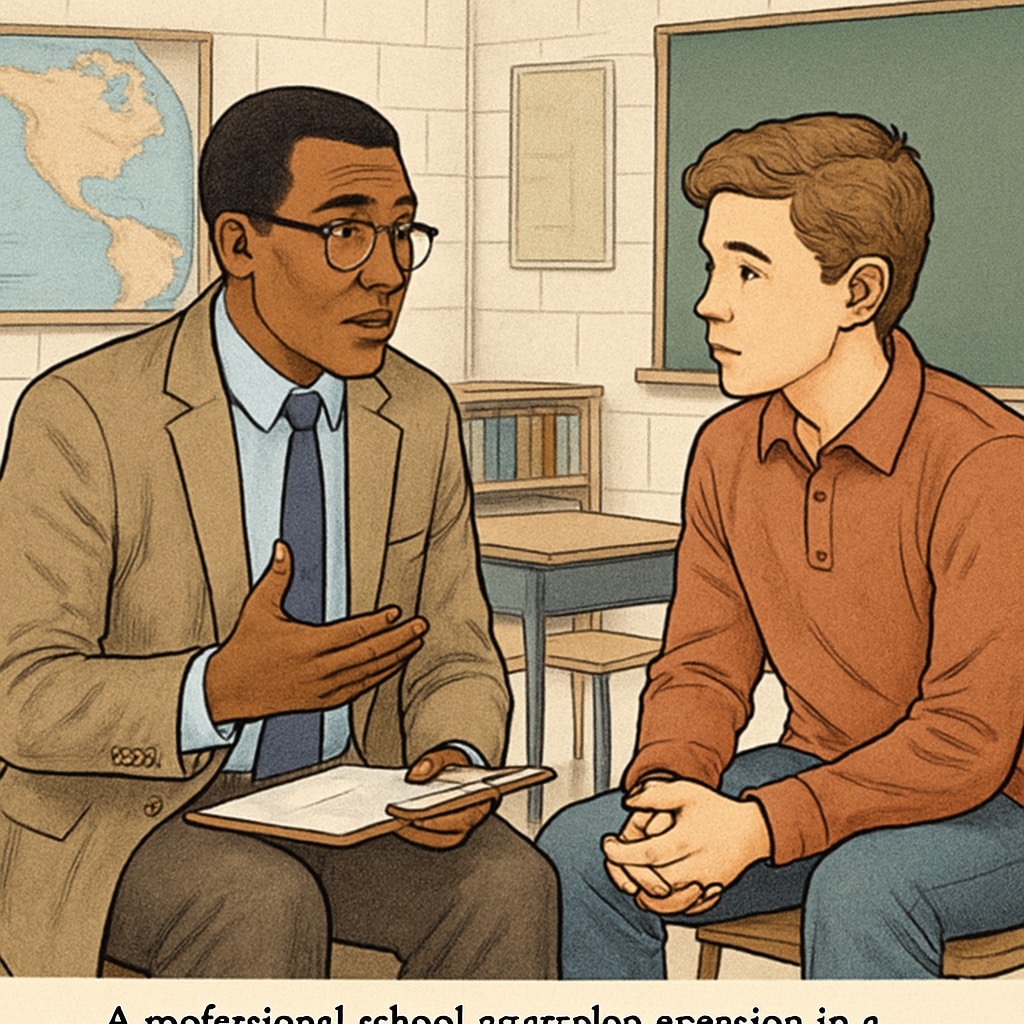Graduate students pursuing research often seek opportunities to bridge the gap between theoretical learning and real-world application. One effective approach is interviewing school counselors in K-12 education settings as part of their academic assignments. This method not only provides insights into educational practice but also highlights the challenges counselors face in the evolving landscape of modern schooling. In this article, we explore the role of school counselors, the significance of these interviews, and how collaboration between academia and frontline educators can foster meaningful improvements in education.
The Evolving Role of School Counselors in K-12 Education
School counselors play a vital role in supporting students’ academic, social, and emotional development. Traditionally focused on college and career readiness, their responsibilities have expanded to address complex challenges such as mental health issues, bullying, and equity in education. As a result, counselors must navigate an intricate balance of administrative duties, student advocacy, and crisis intervention.
For graduate students studying education theories, these professionals serve as invaluable sources of practical knowledge. By conducting interviews, students gain firsthand insights into the counselor’s day-to-day responsibilities, decision-making processes, and strategies for addressing diverse student needs.

Connecting Graduate Research with On-the-Ground Practices
Graduate-level assignments often emphasize the importance of understanding theoretical concepts in education. However, theory alone cannot fully prepare students for the realities of the field. Interviewing school counselors offers a unique opportunity to ground academic research in practical experience.
For example, while studying theories of student motivation, a graduate student might observe how counselors adapt these frameworks to fit individual students’ circumstances. This hands-on learning complements classroom instruction and prepares students for future roles as educators or policymakers.
Furthermore, these interviews help bridge gaps between academic research and the challenges faced by educators. They allow researchers to identify areas where theoretical models may need refinement or adaptation to better serve diverse populations.

Fostering Collaboration Between Academia and Educators
To maximize the benefits of this approach, academic institutions and schools should encourage structured collaboration between graduate students and education professionals. Here are a few strategies to consider:
- Formal Partnerships: Universities can establish partnerships with local schools to facilitate interviews and observation opportunities for graduate students.
- Workshops and Seminars: Joint events can bring researchers and counselors together to exchange knowledge and discuss pressing issues in education.
- Feedback Loops: Schools can provide feedback to universities about how research insights might better address real-world challenges.
By creating these opportunities, both parties can benefit—schools gain access to evidence-based practices, while graduate students develop a deeper understanding of how to apply their learning effectively.
Conclusion
Interviewing school counselors as part of graduate-level assignments is a powerful way to bridge theory and practice in education. These conversations allow students to explore the complexities of counseling roles, connect academic concepts with real-world applications, and contribute to a growing body of knowledge that benefits educators and students alike. As a result, fostering collaboration between academic researchers and frontline educators can pave the way for meaningful advancements in K-12 education.
Readability guidance: The article employs short paragraphs, clear subheadings, and lists to improve readability. It uses active voice, avoids long sentences, and incorporates transitional phrases to ensure smooth flow.


